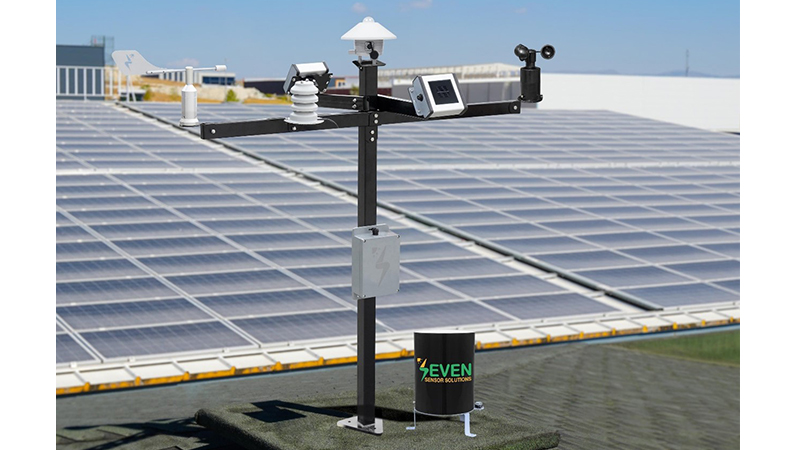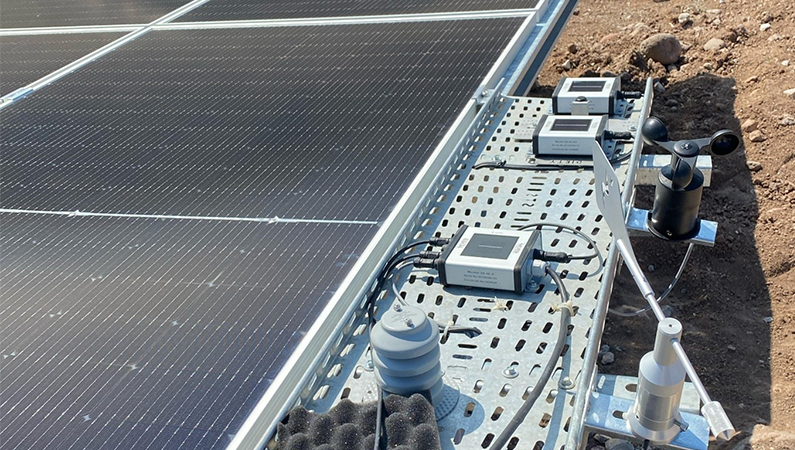Solar energy has emerged as a pivotal player for sustainable power solutions in the recent years. However, to efficiently profit from the solar energy, monitoring is primordial. This is where weather sensors come into play.
What Are Weather Sensors?
At the heart of weather sensors are several key components. Photovoltaic (PV) Pyranometer, also known as Reference Cell or Irradiance Sensor, which measures the intensity of sunlight in W/m2.
The Module Temperature Sensor is used to measure the temperature of the back of the panel.
Wind Speed Sensors, also known as Anemometers, are used to measure the Wind Speed in m/s, while the Wind Direction Sensors are used to define the direction of the wind in degree.
Relative Humidity & Ambient Temperature Sensors help in monitoring temperature and humidity levels that could affect panel efficiency and longevity.
In addition, there are many other innovative sensors that must be used to maximize the performance of the PV Plant such as Soiling Sensor, Albedometer for Bifacial Panels, Snow Sensor for Tracker Systems and many other sensors that you can discover in SEVEN Products page.
What is the Importance of Weather Sensors?
Understanding how weather conditions affect solar energy production leads to maximize the efficiency of your solar panel system. I may seem that solar panels rely on sunlight to generate electricity, but their performance can be significantly influenced by various atmospheric factors.
By providing real-time data on environmental conditions such as irradiance, temperature, and humidity, the Weather sensors enable solar systems to optimize their energy production.

As previously mentioned, the main weather sensor used in PV plants is the Irradiance Sensor as the irradiance value it measures is used along with the Back of Module Temperature to calculate the Performance Ratio (PR) of the PV Plant. Refer to the previously written article about How to Calculate the Performance Ratio (PR) of a PV Plant for more details.
While it may seem intuitive that hotter weather would increase solar production, excessive heat can actually reduce the efficiency of solar panels. High temperatures can cause the panels to operate less efficiently due to increased resistance within the photovoltaic cells. An Ambient Temperature Sensor can help monitor temperature fluctuations, enabling you to assess when conditions are optimal for energy production.
Wind Speed Sensors are important in PV Plants as high winds can help cool solar panels. In addition, the Wind Speed Sensor can also be used for reporting damages due to high wind speed. Thus, monitoring wind conditions allows for proactive measures to protect your investment.
